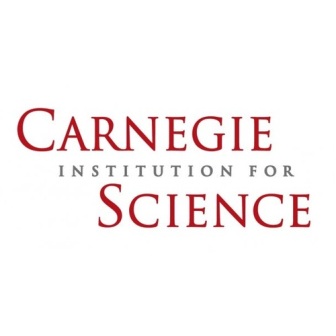 Washington, D.C.—New research shows that a remarkable defect in synthetic diamond produced by chemical vapor deposition allows researchers to measure, witness, and potentially manipulate electrons in a manner that could lead to new “quantum technology” for information processing. The study is published in the January 31, 2014, issue of Physical Review Letters.
Washington, D.C.—New research shows that a remarkable defect in synthetic diamond produced by chemical vapor deposition allows researchers to measure, witness, and potentially manipulate electrons in a manner that could lead to new “quantum technology” for information processing. The study is published in the January 31, 2014, issue of Physical Review Letters.
Normal computers process bits, the fundamental ones and zeros, one at a time. But in quantum computing, a “qubit” can be a one or a zero at the same time. This duplicitous state can allow multitasking at an astounding rate, which could exponentially increase the computing capacity of a tiny, tiny machine.
An “NV–“ center can be created within a diamond’s scaffold-like structure by replacing a missing carbon atom with a nitrogen atom (N)that has trapped an electron making the center negatively charged. Scientists can monitor the center’s behavior and thereby provide a window for understanding how electrons respond to different conditions. The center has the potential to serve as a qubit in future quantum computers.
Electrons occupy different orbits around their atom and, by analogy, spin like the Earth. For the first time, Struzhkin and his team, led by Marcus Doherty of the Australian National University, observed what happens to electrons in these NV– centers under high-pressure and normal temperatures. Coauthor of the study, Viktor Struzhkin at the Carnegie Institution for Science, explained: “Our technique offers a powerful new tool for analyzing and manipulating electrons to advance our understanding of high-pressure superconductivity, as well as magnetic and electrical properties.”
Struzhkin and team subjected single-crystal diamonds to pressures up to 600,000 times atmospheric pressure at sea level (60 gigapascals, GPa) in a diamond anvil cell and observed how electron spin and motion were affected. They optically excited the NV– centers with light and scanned microwave frequencies in a process called optically detected magnetic resonance to determine any changes. The NV– center is very sensitive to magnetic fields, electrical fields, and stress.
Until now, researchers thought that the orbits of the electrons that contribute to the defect’s electronic structure and spin dynamics were localized to the area immediately surrounding the vacancy. Doherty explained: “Our team found instead that the electrons also orbit more distant atoms and that the span of their orbits contract with increasing pressure.”
In addition to overturning previous beliefs about the electron orbits, the researchers found a sensitive means to measure pressure. This method can detect changes in pressure of about 10 atmospheres in one second, even up to pressures of 500,000 atmospheres (50 GPa).
“This work demonstrates that defects in diamond have great potential as quantum sensors of high pressure phenomena and, conversely, that high pressure can be employed to study the quantum phenomena of the defects,” remarked Doherty.
__________________
This work was supported by BES/DOE, DOE-NNSA, the Australian Research Council Discovery Project, Centre of Excellence for Quantum Computation and Communications Technology, and the Alexander von Humboldt Foundation.
The Carnegie Institution for Science ( carnegiescience.edu ) is a private, nonprofit organization headquartered in Washington, D.C., with six research departments throughout the U.S. Since its founding in 1902, the Carnegie Institution has been a pioneering force in basic scientific research. Carnegie scientists are leaders in plant biology, developmental biology, astronomy, materials science, global ecology, and Earth and planetary science.
